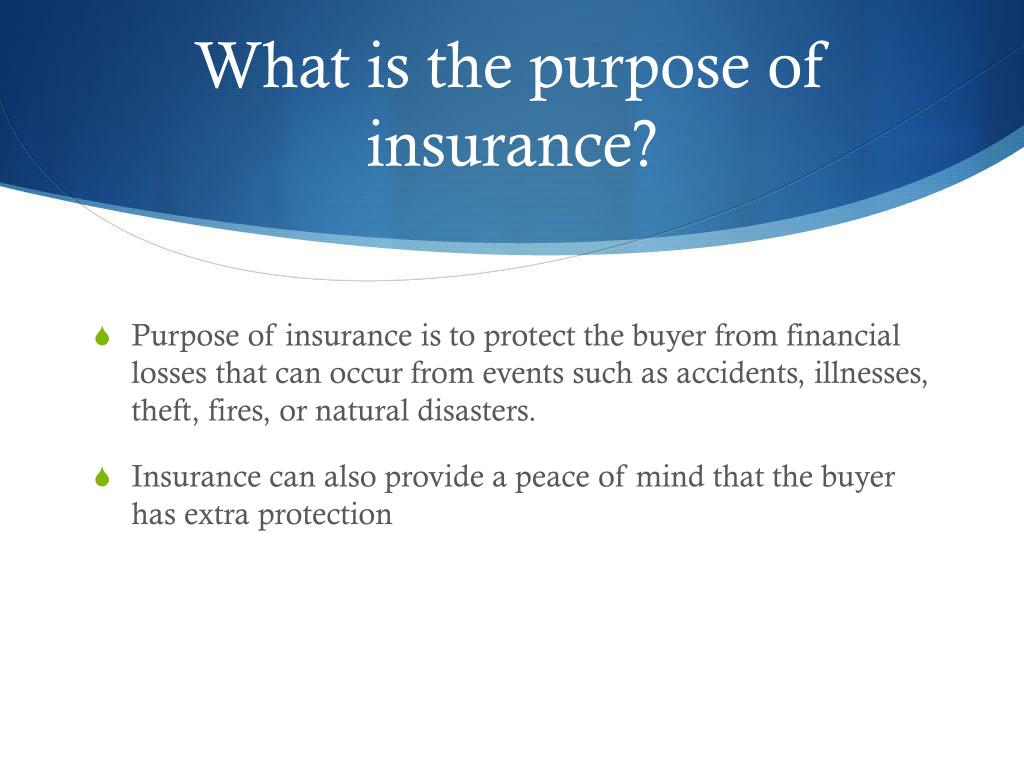Pacific Prime Can Be Fun For Everyone
Pacific Prime Can Be Fun For Everyone
Blog Article
Pacific Prime Can Be Fun For Everyone
Table of ContentsPacific Prime - QuestionsThe Basic Principles Of Pacific Prime The Buzz on Pacific PrimeGetting My Pacific Prime To WorkEverything about Pacific Prime

This is due to the fact that the data were gathered for a period of solid financial performance. Of the approximated 42 million people that were without insurance, all but regarding 420,000 (about 1 percent) were under 65 years old, the age at which most Americans become eligible for Medicare; 32 million were grownups in between ages 18 and 65, around 19 percent of all grownups in this age; and 10 million were youngsters under 18 years old, regarding 13.9 percent of all youngsters (Mills, 2000).
These estimates of the number of persons uninsured are created from the annual March Supplement to the Existing Population Study (CPS), carried out by the Census Bureau. Unless or else kept in mind, nationwide price quotes of individuals without health and wellness insurance coverage and percentages of the populace with different kinds of coverage are based on the CPS, the most widely utilized resource of price quotes of insurance policy protection and uninsurance rates.
How Pacific Prime can Save You Time, Stress, and Money.

Still, the CPS is specifically helpful because it produces yearly quotes relatively rapidly, reporting the previous year's insurance policy protection estimates each September, and since it is the basis for a consistent collection of estimates for even more than two decades, enabling for analysis of fads in insurance coverage in time. For these reasons, along with the considerable use the CPS in other studies of insurance policy protection that are presented in this report, we depend on CPS price quotes, with limitations noted.

The price quote of the number of uninsured people broadens when a population's insurance coverage status is tracked for a number of years. Over a three-year period starting early in 1993, 72 million people, 29 percent of the united state populace, lacked coverage for at the very least one month. Within a single year (1994 ), 53 million people experienced at least a month without insurance coverage (Bennefield, 1998a)
Six out of every ten without insurance adults are themselves employed. Working does improve the chance that one and one's family participants will have insurance policy, it is not an assurance. Also members of families with two permanent breadwinner have almost a one-in-ten chance of being without insurance (9.1 percent without insurance price) (Hoffman and Pohl, 2000).
All About Pacific Prime
New immigrants make up a considerable percentage of people without medical insurance. One evaluation has associated a significant part of the current growth in the dimension of the U.S. without insurance population to immigrants that arrived in the nation between 1994 and 1998 (Camarota and Edwards, 2000). Recent immigrants (those that came to the United States within the previous 4 years) do have a high price of being uninsured (46 percent), but they and their children represent just 6 percent of those without insurance coverage nationally (Holahan et al., 2001).
The partnership in between medical insurance and access to care is well established, as recorded later on in this chapter. Although the relationship in between medical insurance and health outcomes is neither straight neither straightforward, a comprehensive scientific and health services study literature web links medical insurance protection to better access to care, far better quality, and improved personal and populace health and wellness standing.
Levels of analysis for analyzing the results of uninsurance. It concentrates specifically on those without any type of health insurance policy for any kind of size of time.
Not known Factual Statements About Pacific Prime
The troubles dealt with by the underinsured are in some respects comparable to those faced by the uninsured, although they are usually much less extreme. maternity insurance for expats. Uninsurance and underinsurance, however, include clearly different policy issues, and the techniques for resolving them might vary. Throughout this research study and the five records to comply with, the major focus is on individuals without any medical insurance and hence no aid in spending for health treatment beyond what is offered via charity and security net institutions
Health and wellness insurance is a website here powerful element affecting invoice of care due to the fact that both people and doctors respond to the out-of-pocket cost of services - https://www.imdb.com/user/ur179624537/. Health and wellness insurance coverage, however, is neither required neither enough to access to clinical solutions. The independent and direct result of health insurance coverage on access to health and wellness solutions is well established.
Others will certainly get the health treatment they require also without medical insurance, by paying for it expense or seeking it from providers who provide treatment free or at very subsidized prices. For still others, medical insurance alone does not make sure receipt of care as a result of other nonfinancial barriers, such as a lack of healthcare service providers in their area, restricted accessibility to transport, illiteracy, or linguistic and cultural differences.
All about Pacific Prime
Formal research study about without insurance populations in the United States dates to the late 1920s and very early 1930s when the Board on the Cost of Medical Treatment produced a collection of records regarding financing doctor workplace gos to and hospitalizations. This issue ended up being significant as the varieties of medically indigent climbed during the Great Clinical depression.
Report this page